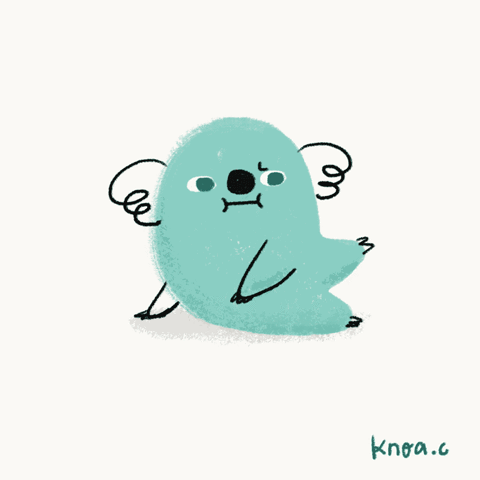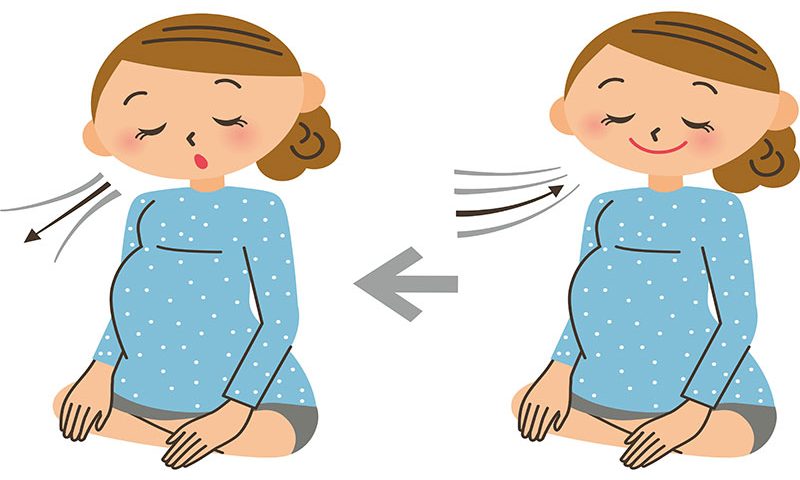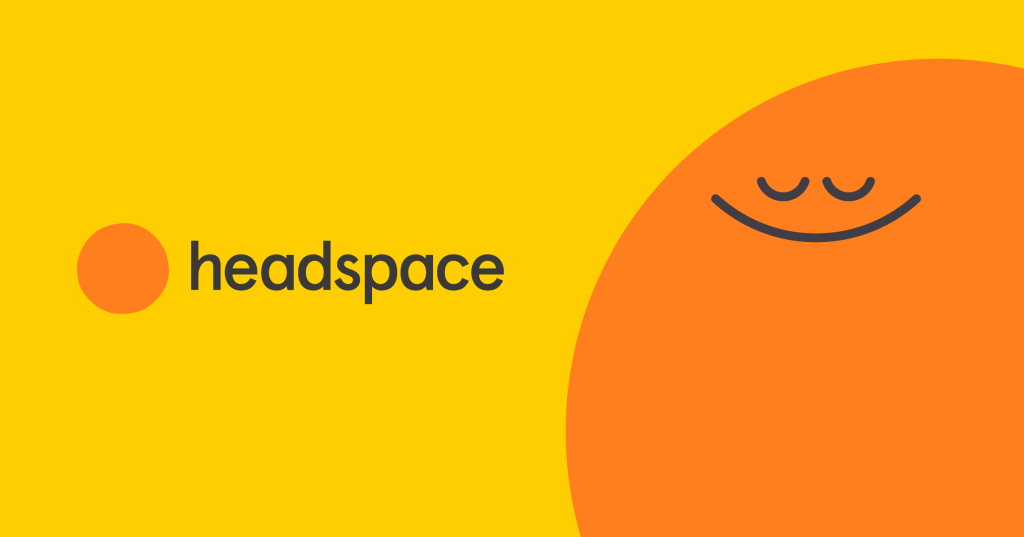DEFINING ANXIETY
Anxiety may be characterised by excessive worrying about a multitude of topics. And understood as a persons worrying being difficult to control and lasting for an extended period which clearly diminishes the quality of a person’s life.
Signs and symptoms of anxiety may include both psychological (thought process and attitudes) and physiological responses such as increased heart rate.
Signs and symptoms may include:
| Restlessness | Difficulty concentrating | Fatigue | Irritability |
| Impatience | Needing the bathroom frequently | Muscle tension | Difficulty falling asleep & staying asleep |
| Excessive sweating | Hot flashes | Shortness of breath | Diarrhea |
| Headache | Stomachache | Trouble swallowing | Feeling light-headed |
therapeutic interventions
Utilising our psychology research skills, our team provides a variety of empirically supported techniques to enable self empowering features to help from a variety of perspectives. Our team has provided an entire range of techniques to help maintain your levels of calm.
Interested in learning a step by step focus based meditation technique? Or about the benefits of blue or green exercise?
Curious about the calming influence animals may have?
Discover how everything from mantras to sleep all affect our levels of calm. Substantial research was conducted by our team to support the use of technology as an effective therapeutic intervention strategy, and all with the most important person in mind – you:)
Exercise
Blue and green exercise is classed as activities done in open spaces such as wooded areas or parks (green) and near large bodies of water such as the sea (blue). The research into blue and green exercise has become prominently promising in recent years. There have been numerous studies regarding the large benefits of even low impact activities such as walking can benefit a person psychologically and physically. Areas such as the sea and the woods have larger volumes or rich oxygen.
Even gentle exercise can promote feelings of positivism and a sense of well being. Exercise has been seen as effective and natural method to reduce anxiety as it can relieve tension and stress as the body release endorphins which are known as the happy hormone.

Breathing
One of the widely reported physical symptoms noticed during an anxiety attack is excelled heart rate and respiratory difficulty (hard to breath) this can be very distressing and prompt a need for immediate medical services during an anxiety attack. When people are stressed or anxious, they usual breath thoracic-ally (chest breathing) rather than diaphragmatic-ally (abdominal).
Breathing techniques have shown great relief for the physiological effects of anxiety and stress. Slow, deep and focused diaphragmatic breathing can decrease heart rate, lower bloody pressure, dizziness and muscle tension. Deep breathing can physically relax the body and the mind to prevent and manage an impending anxiety/panic attack. This has been widely used in therapeutic methods alongside meditation and grounding techniques.

focus based meditation
Research has indicated that focus based Meditation has demonstrated as an effective intervention to decrease the sympathetic nervous system assisting in lower heart rate and blood pressure. A substantial body of evidence reports meditation is an effective strategy to combat stress, to help concentration levels and even as a pain management strategy.
Meditation is widely accepted as an accessible and free method to maintain health and wellness.
- On the breath – Simple & effective technique – give your mind a little holiday – if only for 5 minutes
___________________________________________
- Bring your awareness to your breath.
- And in particular to the tip of your nostils
- Don’t try to regulate your breath, if it is fast or slow – just observe
- Your mind will wander, that’s expected, once it does just bring your attention back to your breath without judgement
- Focus on your breath again, and in particular your nostrils.
- Is your breath more to the left or right nostril? Hot or cold ?
- Thoughts will come again, that’s fine, just bring your attention back to your breath
- More thoughts – that’s fine – once again take your attention from your thoughts and back to your breath
- Repeat the process for a few minutes
- If you set a timer for a few minutes in the morning and a few minutes in the evening you will start to notice the difference.
- Build up the time slowly – the key is to being consistent.
- Every little helps.
- After a while you will wonder how you managed without this fabulous tool for Calm 🙂
animals
According to the center for disease control, studies suggests that petting an animal not only decreases anxiety but may also prevent it. Specifically, trained psychiatric service dog can provide a sense of calm, fetch medication and even anticipate an anxiety attack. They can also be trained on tasks needed for the individual’s specific needs such as fetching another individual to help their owner during an attack, retrieving water or their owners’ phone during an attack and provide deep pressure therapy to help soothe their owner.
They can also be trained to be a distraction and to calm their owner by licking their face and giving their owner their paw. This can be seen demonstrated in this you tube video where an anxiety sufferer demonstrates how her service dog helps her during an attack.
Of course, it isn’t just trained psychiatric service animals that can help people with anxiety, being around animals or animal ownership in general can be beneficial for people with anxiety. Having a dog for example can encourage an owner to partake in outdoor exercise, giving the dog a walk can give the owner some much needed time outdoors which has been seen to improve mental health and reduce anxiety. Having a pet can also provide company, love and reduce the feelings of isolation and loneliness.
Animals have been seen to reduce stress levels. Being in physical contact with animals increases a person’s level of the happy hormone Oxytocin, which decreases the stress hormone cortisol.
(Petersson et al, 2017)
GROUNDING
Ever wondered why walking barefoot on the grass or on the beach feels so good? Research has demonstrated how earthing or grounding, either through walking barefoot on grass, or through a grounding system, such as a grounded sleeping sheet has multiple health benefits such as:
- Improvements in sleep
- Reduction of stress levels, and blood viscosity
- Faster healing in a reduction of inflammation markers
- Improvements in cortisol levels
- Emotional stress levels
- Improvements in Daytime energy levels and even mood
- Research has reported an improvement in Vagal Tone in preterm infants (A positive influence regarding autonomic balance)
The health benefits have even been described by researchers as a form of electrical nutrition. Quite a statement for such an easily accessible, pleasant and free way to bring more calm and less stress into your life. Walking barefoot in grass for 10 minutes a day will help restore and maintain your levels of calm.
Brought to you by the science of calm 🙂
Evidence has demonstrated how this electro biological process reduces stress and promotes health within the body.
journaling
One of the many downfalls to stress and anxiety is rumination, a negative and whirling self-monologue that can leave any mind scattered and overwhelmed. One way to help alleviate the swamping of thoughts is essentially write them down. Research has shown that journaling has positive attributes in relieving rumination, anxiety and stress.
Journaling can help work through stressed and anxious thoughts, giving focus, meaning and clarity to our thinking patterns while shifting out thoughts to more creativity through our writing. Writing in a journal can help get these thoughts out of your mind and down on paper.

sleep
Anxiety and stress can lead to poor quality of sleep. Unfortunity for sleep, anxiety and stress is a double-edged sword. Poor sleep hygiene can lead to anxiety, poor mood and stress, yet onset anxiety and stress in our everyday lives can lead to hyperarousal which in turn can lead to lack of sleep.
Hyperarousal is our bodies way of staying alert and on guard during times of high stress and anxiety. This means our body and mind can find it hard to switch off or tone down in order to relax for a good night’s sleep. Managing hyper arousal during times of anxiety and stress and practicing good sleep hygiene is imperative for our mental health and well-being.
Winding down is important before we attempt to sleep. At least 3 hours before bedtime it is suggestable to practice a winding down time such as relaxing methods like meditating, decreasing any busy activities before bed such as exercise or college work. Caffeine can also play a part in stimulating hyper arousal, cutting down or not drinking caffeine before bedtime can help.
When anxiety and stress take grip, it can be very hard to relax into a peaceful calming sleep.

mantra
Our internal voice is very powerful to our mental health, what we say to ourselves and about ourselves can affect us positively or negatively, depending on how we feel about ourselves.
During episodes of anxiety, worry and fear plague our cognitive thought processes, this can lead to the physiological effects that can be experienced during high anxiety and during onsets of panic attacks.
These negative thoughts can be intercepted during times of relaxation and controlled while meditating, but when in need of more immediate method to tackle the negative thoughts that may lead to an anxiety/panic attack can be a calming and soothing mantra.
A mantra can not only distract your mind from anxiety but also allow your mind to focus its energy on calming. Here are some examples of mantras below:
“I AM SAFE“
Although in times of anxiety and panic attacks our body natural triggers us to believe we are in impending doom when we are not. Reminding ourselves that there is no danger present can help focus thoughts in seeing that you are safe.
“THIS SHALL PASS”
Reminding that a panic attack will pass and that you will make it through this can also serve as a positive mantra. Knowing that this feeling will not last can be a comfort at a time of need.
“I AM BREATHING IN, I AM BREATHING OUT”
Turning your focus to your breathing can distract your mind and help you draw attention to deep breathing techniques that will descend the physical responses during an episode of anxiety.
Technological interventions
Along with our background research into the effectiveness of the interventions we use for our future client’s calm, we also investigated the transition of these interventions into technological innovations. Our research shows how meditation, journaling and breathing techniques can be used to calm anxiety and prevent stress but can those interventions translate successfully through smart phone-based apps? Do self-help application really help?
With technological advances and the vast accessibility of smart phone devices, many therapeutic self-help intervention services have attempted to successfully bridge the gap between resourced face to face therapeutic methods and internet guided interventions.
Competitor Analysis
We have seen the popularity of anxiety and stress reducing applications such as Headspace become popular in recent years, alongside similar applications. But along with its marketed popularity, there have been increasing psychological analysis investigating claimed levels of effectiveness and reliability to actually reduce stress and anxiety and promote efficacy and motivation.

Many anxiety and stress reducing apps that promise a psychologically researched intervention appear instead to be marketed applications with little to no mental health expertise used.
(Sucala et al., 2017)
Many anxiety and stress reducing apps that promise a psychologically researched interventions appear more to be a marketed application with little to no mental health expertise used (Sucala et al., 2017). All of the features our team included are supported by empirical evidence in addition to have been created specifically to be of benefit for mental health as opposed to an app that was created in part for its entertainment value or with advertising or marketing as a primary or secondary intention.
The research underpinning Headspace – a credible mindfulness meditation application, reports and states how its effectiveness has been reported in a randomised control trial involving mindfulness interventions in a normal context, and with through a smartphone app that both have been reported to be effective in reducing stress and irritability. The reported affect having little difference between the real-world version and the online of smart (Economides, Martman, Bell & Sanderson, 2018).
A meta-analysis of mobile based self-help interventions, reported that overall (specifically guided rather than unguided) self-help interventions supported the efficacy of internet mobile based interventions for anxiety as a potential augmented service supply (Domhardt, Geßlein, von Rezori & Baumeister, 2018).
Along with more specific research into implementing smart phone based psychological interventions, analysis has shown great success in reducing user’s anxiety levels.
(Firth et al., 2017).
Our application
It has been seen that guided online self-help is certainly more effective than no treatment at all or while awaiting treatment, thus improving symptoms and helping clients meet their goals prior to attending treatment (Bernecker, 2014). This can be seen as a positive use of time while waiting for services to become available.
Our application represents a computerized guided measure of interventions and relies not only on the user’s self-motivation but will also implement a positive feedback system, congratulating the user for overcoming a trigger and also logging in journal entries and taking part in the self-help tools. Users who are more motivated are more likely to avail of a long term and positive effect for prevention (Newman, Szkodny, Llera & Przeworski, 2011).
This research prompts and backs up our intention to implement our interventions through a smart phone-based application while using a computerized guided form of therapeutic service with bio metric data notifications to encourage the users interaction and guide them through the necessary calming tools to not only reduce their anxiety and stress but also to prevent it occurring, in addition to being able to self monitor the most affective strategies suitable for the individual. We have provided a multitude of interventions and educational aspects for our application as anxiety and stress are processed, understood and resolved differently depending on the individual. We believe we have something for everyone. It has also been seen that having numerous self-help tools increased the use of the technology and decreased drop out (Schueller & Parks, 2012).
And of course, as with all psychological interventions implemented with or without face to face interaction from a professional, there are ethical considerations. We went to great lengths to ensure full ethical compliance due to the myriad of implications, in addition to safeguarding our future clientele from any harm or distress we met. Research has shown that ethical considerations for guided self-help must be accurately considered and scrutineered whenever possible when offering guided online self-help (Bernecker, 2014). For a full breakdown of ethical considerations please visit our ethics section.
Our team’s intention is however to offer these mobile based interventions to those who are awaiting services and not as an alternative replacement for any required professional services. This does not mean our application is exclusive to those suffering with disorders and needing professional help but also for those with mild or intermediate stress and anxiety. Our application will adhere to high standards of care for any of our clientele in distress and therefore we developed the ‘help’ and ‘contact friend’ platform. These will be prominent features to the application in any emergency they client may have.
Pioneering Ideas
To our knowledge this application to physically track symptoms of anxiety and stress is the first of its kind. Anxiety tracking and trigger tracking are known through journaling and introspective creative writing and reflection but not yet through any physical symptomatic online tracking. Our biometric tracking technology should allow for a more precise and physical opportunity to track one’s anxiety and stress and thus reflecting on the situations and time frame with which the technology will monitor the users feedback. Logging should supply the user with the reflective material necessary to conclude when, how and where they appear triggered situationally and cognitively. These symptoms and triggers can then be dispersed with the self-help calm strategies provided to the user as well as the educational tools provided.

